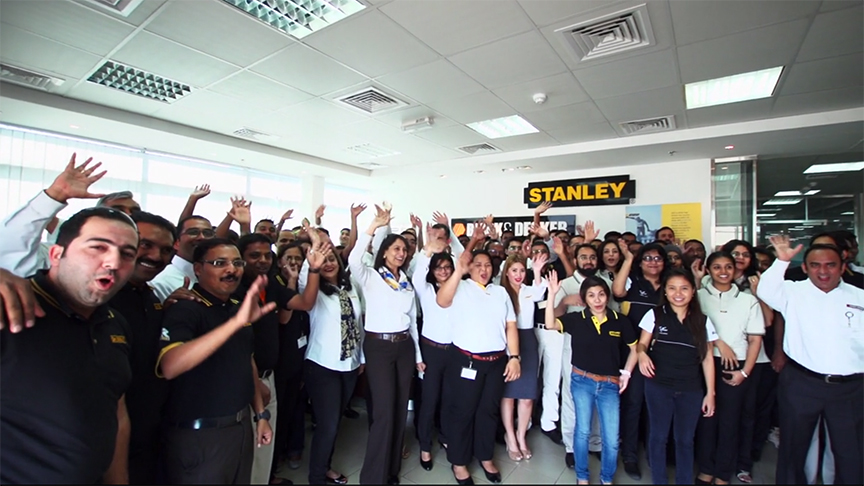Make Your Company Cohesive: Use A Company Culture Video
I recently read an article by a British consultant discussing his work with corporate clients. I was once again struck by the British English use of the plural when referring to collective nouns, in this case large companies. So, for instance, while in American English collective nouns are almost always singular (“Procter & Gamble is a master of innovation,” or “The government has failed in its efforts.”), British English uses the plural (“Unilever have taken a bold step,” “The Clash are my favorite band,” or “the BBC are expanding globally…”) It’s especially jarring when you hear the world’s largest corporations referred to in the plural rather than as a monolithic, singular “it”. It occurs to me that this small grammatical detail might well reveal a worldview with regards to collective entities in general and corporations in particular.

My own worldview is articulated in our company’s mission, which is to make corporate films that humanize the world’s most successful companies. Tribe sees every company – no matter how large – as a collection of individuals. Further, we think the world would be a better place if everyone (employees, shareholders and the public at large) shared this view; and that authentic, creative corporate videos are the best medium to do so. If we all saw companies as a collective of individual human beings – from the CEO to the most junior employee – our connection to companies and our companies connection to us would, by definition, be more human. (And perhaps more humane?)
Maybe we would all be more aware that corporate missions and visions and strategic moves and realignments and mergers and acquisitions are nothing more than humans making human decisions with human consequences. Perhaps we would all be more engaged, attached and connected. We would be both more forgiving of flaws, more likely to support their efforts and more demanding of personal accountability. In turn, everyone from the most junior employee all the way up to the CEO in corporations would see themselves as individuals with real agency and personal responsibility.
And here’s the thing: that’s how the coming generation is demanding to see the companies and brands with whom they do business! Countless surveys have shown that the Millennial generation sees (or longs to see) companies as collections of individuals. As human. Which is part of why they are demanding increasing transparency and authenticity. Once companies, leaders, and employees are seen this way, there will be no place to hide. Because the company is you. To get ahead of the game, start making your leadership comfortable on camera now so they are prepared to engage millennials with everything from CEO video messages to employees, or acquisition announcements to customers.
This is the future and no matter how strange the grammar sounds to an American ear, it’s a very good thing.